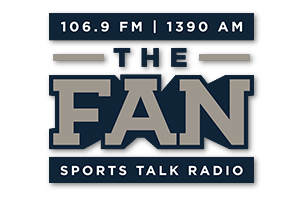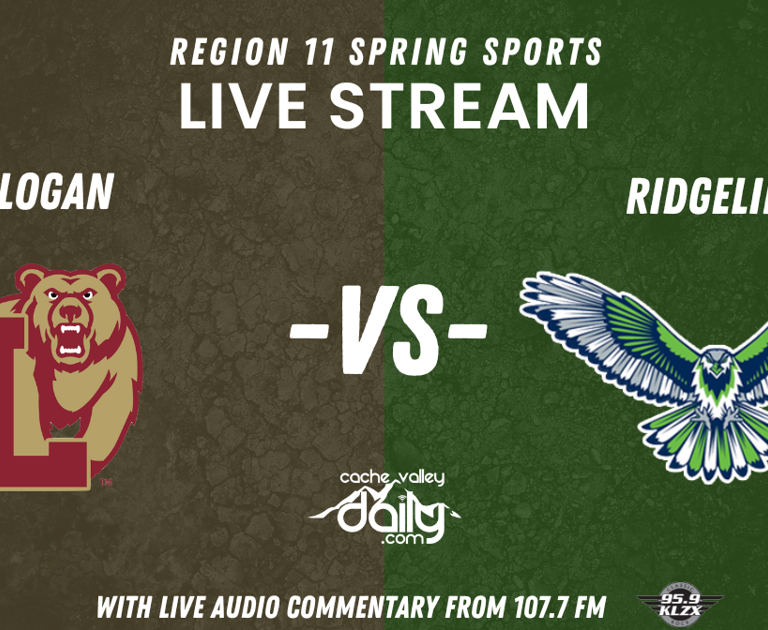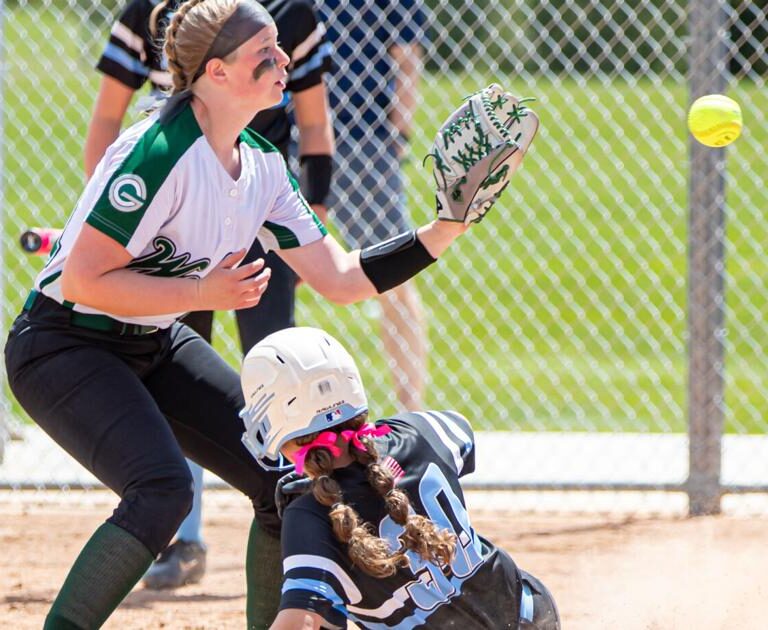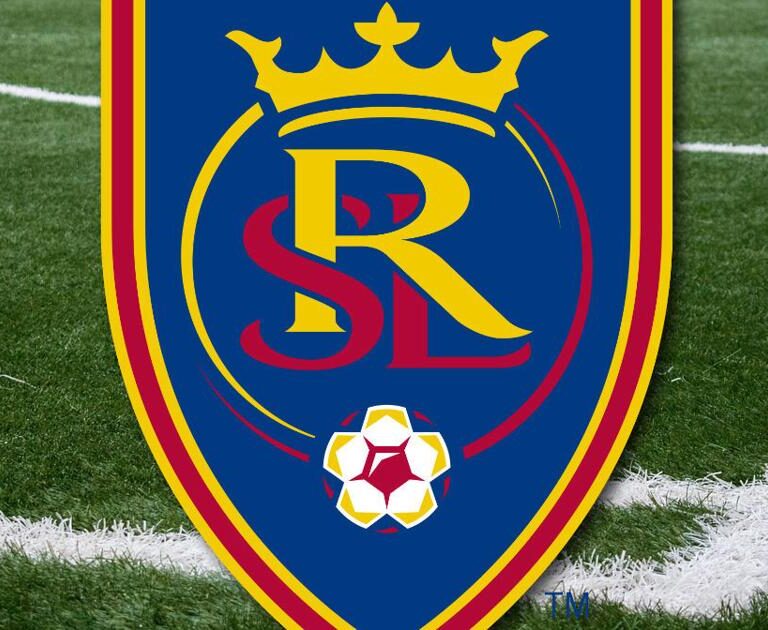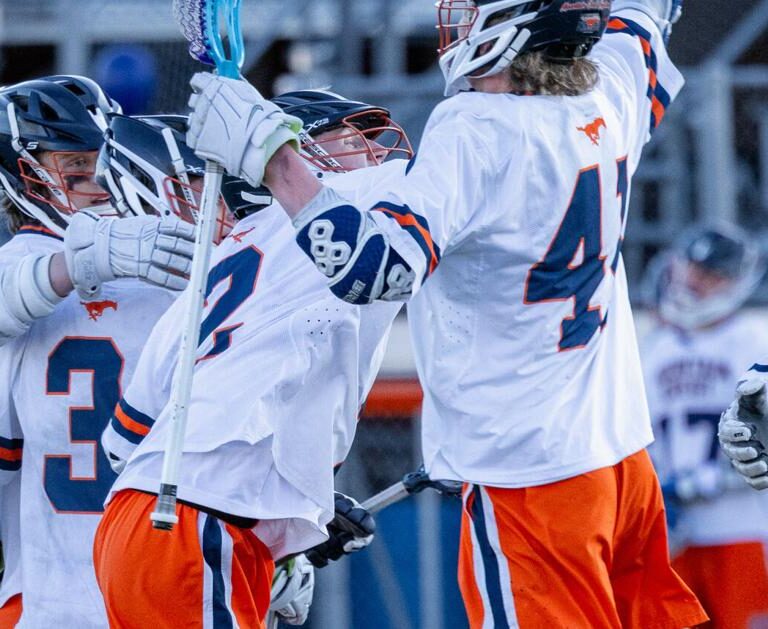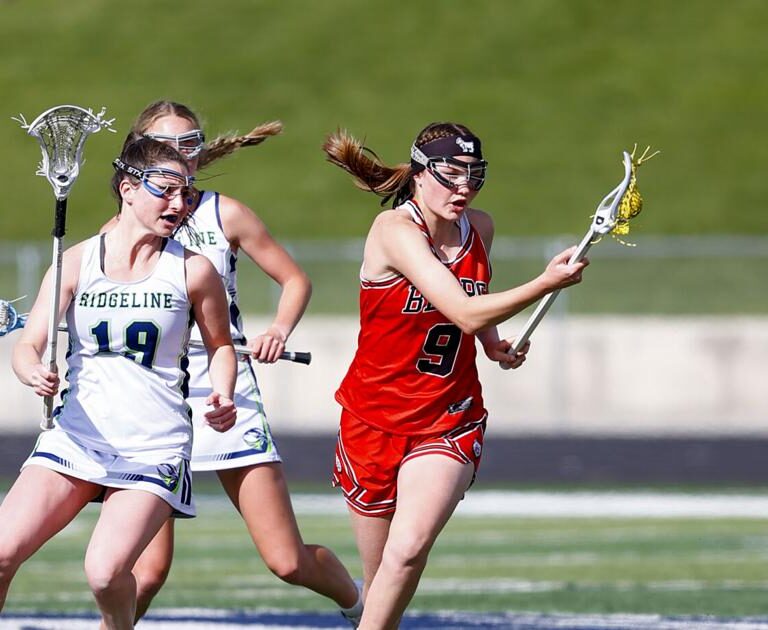USU flags in Maverik Stadium. Photo by Clint Allen
Utah State’s 2024 football signing class became official this morning as head coach Blake Anderson and his staff released the 30 athletes that will join the team for the upcoming season.
The vast majority of these players were already known to be coming to USU. Many were brought on during the early signing period and virtually all of the Division I transfers announced their commitment on social media or were part of the early signing class. But now the whole class is official, although the post-spring ball transfer window could bring more players in and out of the program. As Anderson put it “very reluctant to say it’s over. I don’t think that happens at this point anymore.”
There’s a lot to go over, not all of which can be covered here without doing a 4,000-word breakdown, but here’s a few key takeaways from the signing class now that it’s out.
FYI real quick, a key for the list of signees below throughout the article
- *Enrolled at USU for the spring semester and will be with the team during spring practices.
- ^Player signed after the early signing period
High School Signees
- ^Herschel Turner — RB | 5-9 | 180 lbs | Mt. Diablo High School | Concord, CA
- Tate Kjar — WR | 5-10 | 150 lbs | Corner Canyon High School | Draper, UT
- Grayson Brousseau — TE | 6-5 | 230 lbs | Lehi High School | Lehi, UT
- Camden Jury — OL | 6-7 | 315 lbs | Casteel High School | Gilbert, AZ
- ^Kimo Lopati — OL | 6-6 | 340 lbs | Dixie High School | St. George, UT
- Tanner Williams — LB | 6-1 | 210 lbs | Mater Dei High School | Orange, CA
Only six of the 30 incoming Aggies are coming out of high school, which is a significant shift in Anderson’s recruiting trends. It’s the lowest number of high schooler’s he’s brought in for any of his four classes. His previous lowest total, eight (five recruits plus three returned missionaries), came in 2021, his first season as head coach, but that class had only 19 total players so high school players still formed more than 40 percent of the total recruiting class. In the 2022 and 2023 classes, Anderson brought in 23 high schoolers each season (including returned missionaries) which formed 72 percent and 55 percent of those classes, respectively.
As of now, none of these players are officially planning on serving two-year missions for the Church of Jesus Christ of Latter-day Saints. According to Anderson, Tate Kjar is considering doing so, but nothing is official.
It’s fairly unlikely for any of these players to see immediate snaps as true freshman, but Anderson spoke highly of the potential of several players. Herschel Turner, a California native running back who ran for more than 3,000 yards and 43 touchdowns just last year, seems to be a recruit the Aggies were able to land because the new landscape of college football has led to high schoolers being overlooked.
“He’s got a chance to be really, really dynamic,” Anderson said of Turner. “His speed, his ability to make people miss. I think he’s a guy that before the portal was around, I think he would have been heavily recruited. I feel like we’re a little bit fortunate in the fact that I think people are really distracted. Because if you watch the tape and you compare it to previous years, I think he’s an extremely talented player and a guy that we feel really, really lucky to get.”
One of the key themes of recruiting throughout the winter months has been the need for the Aggies to become bigger in the trenches and two of these high schoolers, Camden Jury and Kimo Lopati, bring lots of potential as bigger offensive linemen. Both stand at least 6-foot-6 and weigh in north of 310 pounds with impressive wingspans according to Anderson, imposing frames perfect for modern offensive tackles.
“It would be a big surprise for either of them to get on the field as a true freshman. Typically that is one of those positions that it’s really, really difficult to come in and (play right away). But in terms of frame, they both have the ability in that sense,” Anderson said. “You can’t teach wingspan. You can’t teach just sheer frame size and length. So you recruit it and then you develop from there.”
Junior College Transfers
- ^Nick Floyd — RB | 5-10 | 190 lbs | Mt. San Antonio College
- Jared Pele — OL | 6-3 | 310 lbs | Navarro College
- *Robert Freeman IV — WR | 5-8 | 165 lbs | American River College
- Braydon Bailey — DT | 6-2 |280 lbs | Golden West College
- *Marlin Dean — DE | 6-5 | 230 lbs | Butler CC
- *Carl Nesmith — DE | 6-4 | 220 lbs | Fullerton College
- *Mason Edwards — DB | 6-2 | 175 lbs | Hutchinson CC
- *EJ Fisk — DB | 5-11 | 175 lbs | East Central College
- *Terrell Taylor — DB | 5-11 | 205 lbs | Golden West College
- ^*Courage Ugo — DB | 6-1 | 180 lbs | Blinn JC
This is the second straight year Anderson has leaned heavily into recruiting junior college transfers. Last year that emphasis came from a need to find a lot of ready-to-play athletes and this year the team needs guys to step in and supplement a roster that was able to retain most of its talent and avoid significant transfer attrition.
The majority of these players were already known about, having been announced at the early signing period. Potential immediate impact players like Marlin Dean and Robert Freeman are headliners. Dean is a highly-touted edge rusher while Freeman earned All-American honors at the JUCO level as both a wide receiver and kick returner.
Defensive backs make up a notable part of the junior college class the Aggies brought it. These are likely to be heavy contenders to replace the numerous losses the Aggies took at that position group (Michael Anyanwu and Xavion Steele to graduation and Devin Dye to the portal).
A big key for most of these guys, though, is that they’ll be on campus for spring ball. Only three of the 10 will not be in spring camp, and 21 of the overall 30 recruits will be part of those spring practices.
“That’s huge,” Anderson said. “The opportunity to spend this spring and summer getting these acclimated, learning the systems offensively, defensively, nutrition. All of the things that come with the next six to eight months of preparing for football. It’s huge to have then here and be able to replace guys that have left and have them here on campus.”
Division I Transfers
- ^*Bryson Barnes — QB | 6-1 | 210 lbs | Utah
- *Spencer Petras — QB | 6-5 | 230 lbs | Iowa
- *Trey Andersen — OL | 6-6 | 300 lbs | Pittsburgh
- *George Maile — OL | 6-3 | 305 lbs | Baylor
- ^*Gabriel Iniguez — DT | 6-2 | 290 lbs | New Mexico State
- ^*Miguel Jackson — DT | 6-1 | 305 lbs | Charlotte
- *Ricky Lolohea — DT | 6-3 | 330 lbs | Oklahoma State
- *Mayco Williams — DT | 6-3 | 275 lbs | Kent State
- ^*Bryce Cage — DE | 6-3 | 255 lbs | Texas State
- ^*Shaun Dolac — LB | 6-1 | 225 lbs | Buffalo
- *Jadon Pearson — LB | 6-3 | 200 lbs | Utah
- *Will Shaffer — LB | 6-1 | 235 lbs | Arizona State
- ^*Davon Graham — DB | 6-0 | 205 lbs | Oklahoma
- ^*Jordan Vincent — DB | 5-11 | 190 lbs | New Mexico State
Adding 14 Division I players is the highest rate of this type of recruit since Anderson’s first year in which he had to take over for a 1-5 team and brought several players over from his previous stop at Arkansas State. Anderson had been trending away from D1 recruits in previous seasons, going from adding 10 his first season (52 percent of the class), down to seven and then just three last year.
Again, a big reason for this, at least the one Anderson gave, revolves around being competitive now. Fans are impatient and wanting more than repeated 6-7 teams that get blown out in bowl games.
“We’ve got to be able to compete at a high level next fall,” Anderson said. “Bringing in 20 high school players is not going to make an immediate impact in our opportunity to compete this fall for a championship.”
This area of recruiting is also the most blatant example of Utah State’s emphasis on adding immediate impact players on the defensive side of the ball. Anderson is fully aware of his team’s deficiency on that side of the ball last year and his staff has done its best to rectify any issues about lack of talent and experience.
“I think we’re all aware that that was where our biggest need was and we needed to make a big impact on the defensive end,” Anderson said. “And I feel like we’ve done that in every room.”
The Aggies did indeed add D1 transfers in every position group on defense with five defensive linemen, three linebackers and two defensive backs. The recruits added are an even mix of Power Five cast-offs and Group of Five contributors and even stars at some of those schools. Every one of these incoming transfers will be competing for starting spots at their respective positions. And even if they don’t start, they’ll be integral rotation players that provide quality depth (at least that’s the hope).
While there’s every chance the P5 reclamation project guys like Will Shaffer, Jadon Pearson or Ricky Lolohea are capable of stepping up to the plate (it’s happened numerous times with numerous players) but three of the incoming transfers on defense were regular starters at their previous stops — Shaun Dolac, Jordan Vincent and Gabriel Iniguez.
Vincent and Iniguez are both following their defensive coordinator, Nate Dreiling, from New Mexico State to Logan. Both were consistent starters for the Aggies (of NMSU) last year. Dolac played in only four games last year for Buffalo due to injury, but in 2022 was second in the nation in tackles (147).
Having starting-caliber players with actual Division I snaps under their belts is quite the change from last year’s additions to the defense. Most were talented but all were highly inexperienced, with hardly any D1 snaps among many of the players who ended up having to play big roles in the defense.
